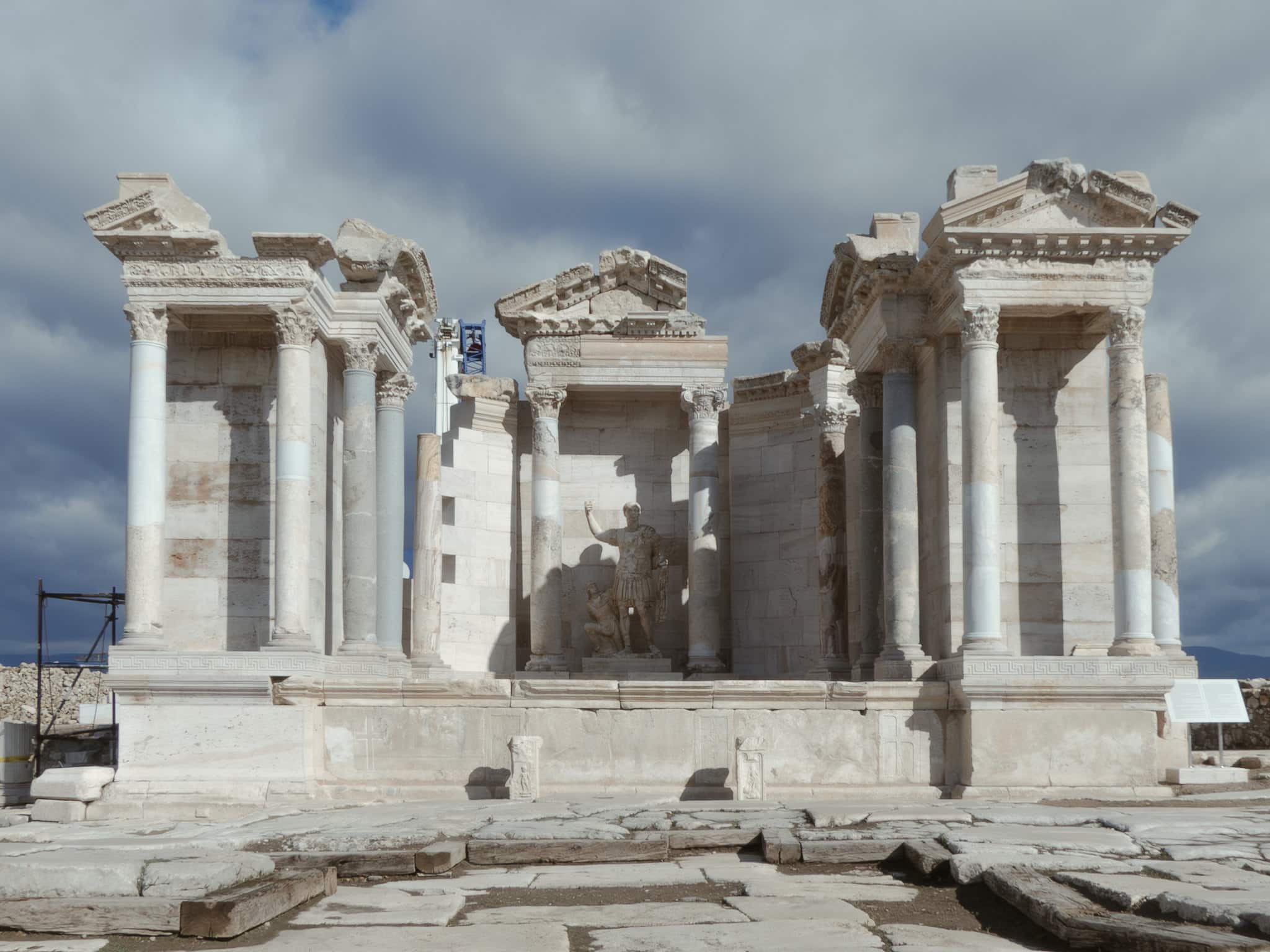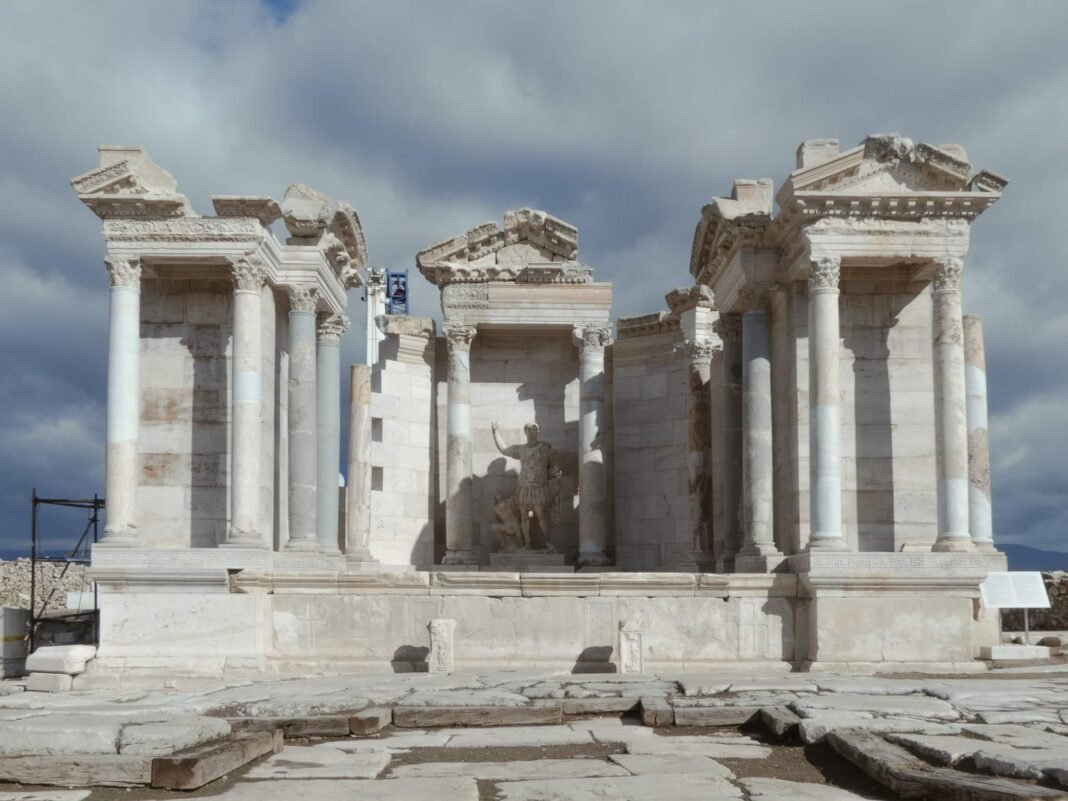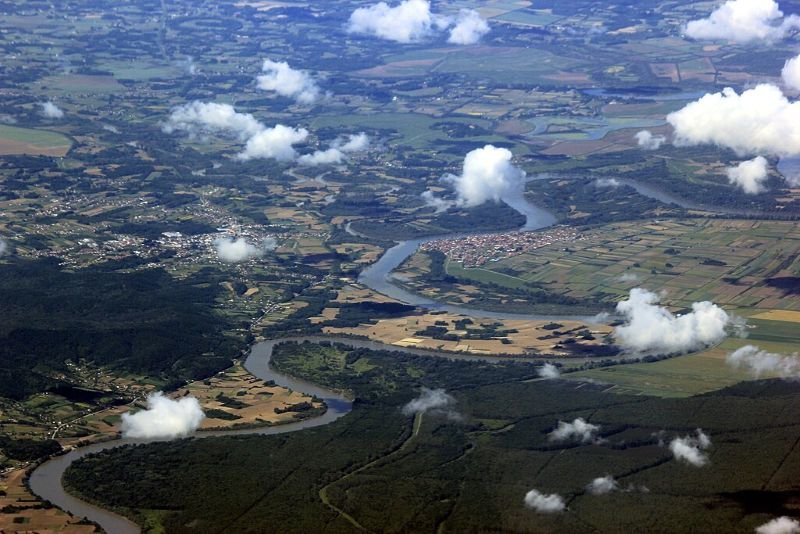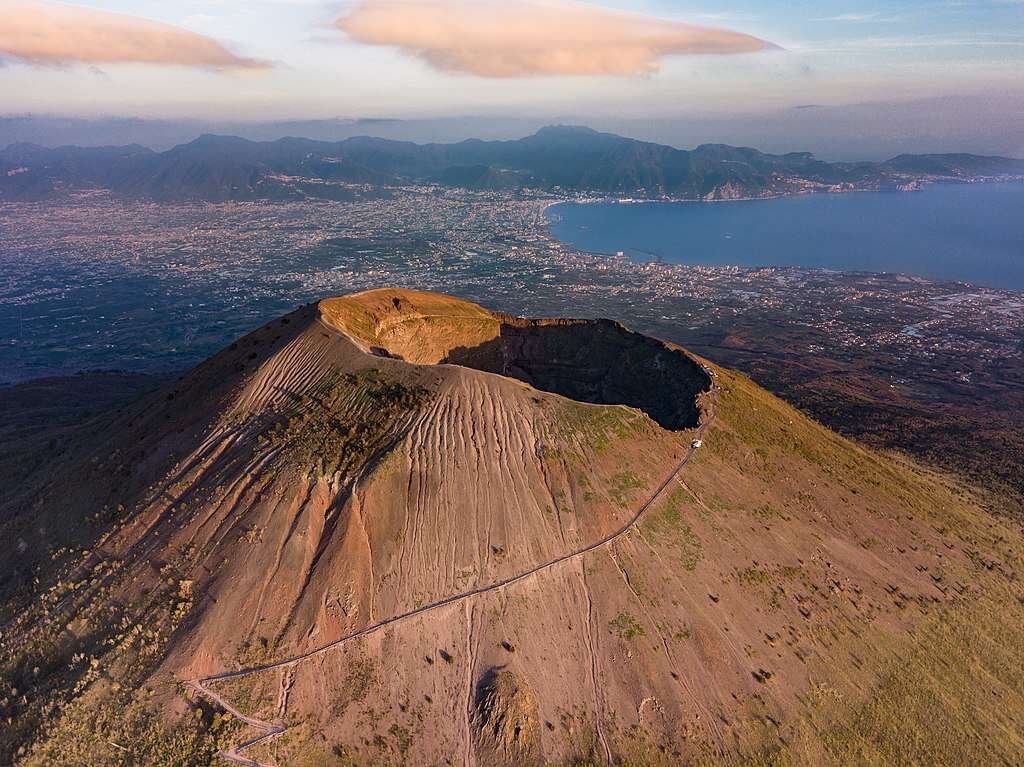
Archaeologists have uncovered a 2,000-year-old assembly building in the ancient Greek city of Laodicea in southwestern Turkey. The structure, characterized by a rare hexagonal layout with pentagonal outer walls, is unlike any previously discovered in ancient Anatolia. Researchers believe it served as the city’s central hub for political and judicial affairs during the Roman era.
The discovery was made during the 2025 excavation season, marking a key milestone in more than two decades of excavation and restoration led by Pamukkale University. Laodicea, located near modern-day Denizli, has been on UNESCO’s Tentative List of World Heritage Sites since 2013. Its recorded history stretches back thousands of years.
City founded by a Seleucid king and shaped by Greek culture
Founded in the third century B.C. by Seleucid king Antiochus II and named after his wife Laodice, the city was originally known as Laodicea on the Lycus (Greek: Λαοδίκεια ἐπὶ τῷ Λύκῳ). Built on an earlier pre-Hellenistic settlement, the city sat at the crossroads of major trade routes and flourished under both Hellenistic and Roman rule.
#AncientSiteSunday – Hierapolis is an ancient Phrygian city located in Pamukkale, within the provincial borders of Denizli in southwestern Turkey, about 10 km north of the ruins of Laodicea. The city was probably established by Eumenes II of Pergamon in 190 BC at a crossroads… pic.twitter.com/xtbfqUCsYM
— Following Hadrian (@carolemadge) July 6, 2025
Over time, it became a key economic, cultural, and religious center in the region historically known as Phrygia.
The assembly building reflects a structured civic organization
The newly uncovered assembly building dates back to the late first century B.C. and could accommodate between 600 and 800 people. It remained in use until the seventh century A.D. Inscriptions on the stone seating identified groups such as elders, youth, and citizens, reflecting the structured civic organization inherited from Hellenistic governance models.
📍 Denizli’nin UNESCO Dünya Mirası Geçici Listesi’nde yer alan antik kenti Laodikya’da bu seneki kazılarda, 2050 yıllık meclis binası ortaya çıkarıldı.
Antik kaynakların, kentin yargı işlerinde merkez niteliği taşıdığını gösterdiğini anlatan Kazı Başkanı Prof. Dr. Celal Şimşek,… pic.twitter.com/D3PQcTI4Or
— arkeolojihaber ® (@arkeolojihaber) August 3, 2025
A seated statue found within the building, likely representing a chief judge, had its head added at a later date, possibly indicating leadership transitions over centuries.
Surrounding structures highlight the civic and judicial role
The building is part of a larger civic complex that includes a political agora, archive halls, a major bath complex, and the largest stadium in the region. These surrounding features point to Laodicea’s role as a leading administrative and judicial center during the Roman Empire.
Past finds include an emperor statue and mythological figures
Earlier discoveries at the site include richly frescoed travertine blocks, the well-preserved Traian Fountain, and a nearly 10-foot (3-meter) statue of Emperor Trajan found in 2019. Archaeologists also uncovered a sculpted head of a priest and a group statue depicting Scylla, the mythological sea creature from Homer’s Odyssey.
We found the Laodikeia Emperor Traian monumental fountain in 2015. We restored it in this way at 2023. pic.twitter.com/VMwQRY3yLI
— Celal Şimşek (@celal1964) November 17, 2023
Laodicea served as an early Christian and Jewish stronghold
Laodicea was also a prominent religious center. It was one of the Seven Churches of Asia mentioned in the Book of Revelation and developed into a major early Christian bishopric.
The city once held a large Jewish population, many of whom were relocated from Babylonia under Seleucid rule. Cicero later recorded a confiscation of Jewish gold intended for Jerusalem, reflecting the city’s wealth and religious connections.
Earthquakes and infrastructure show resilience and innovation
Laodicea’s prosperity was linked to its black wool trade and thriving banking industry. Its citizens rebuilt the city without imperial aid after a major earthquake in 60 A.D., a testament to their wealth and independence.
The city also housed an advanced aqueduct system, including an inverted siphon and a water law inscription from 114 A.D. that regulated usage and imposed fines for violations.
Discovery adds a new layer to a deeply historic site
From Hellenistic origins to Roman grandeur, the architecture and civic layout of Laodicea continue to shed light on the political, cultural, and spiritual life of ancient Anatolia. The recent discovery adds another chapter to its layered past, blending Greek ideals with Roman innovation.


